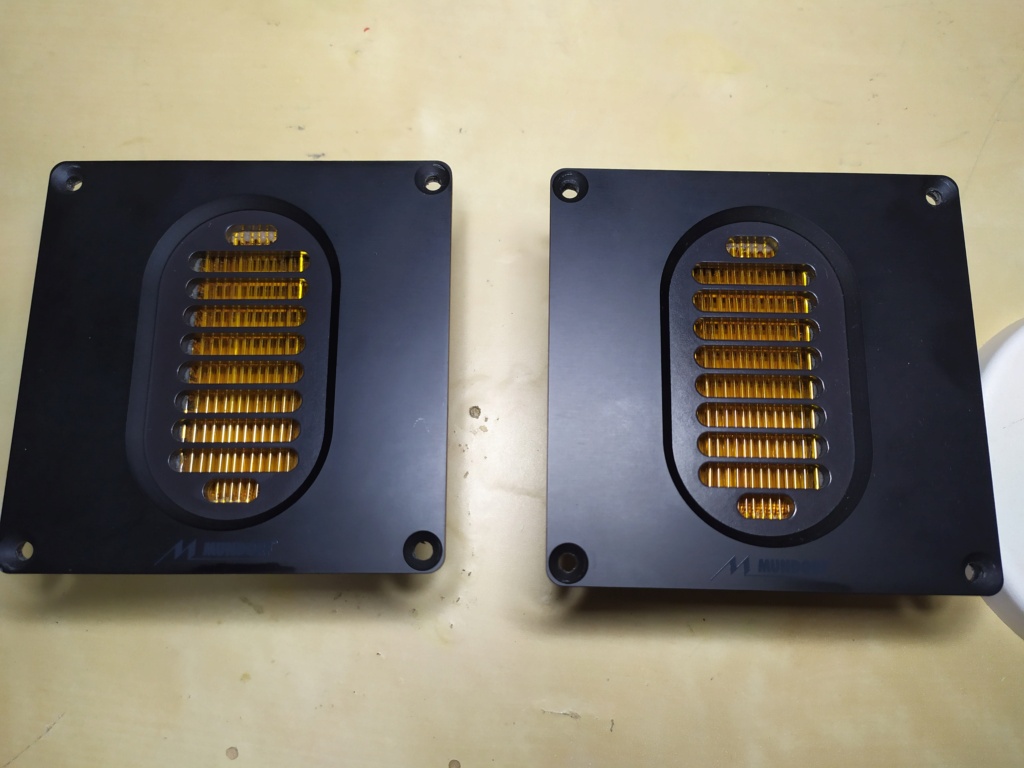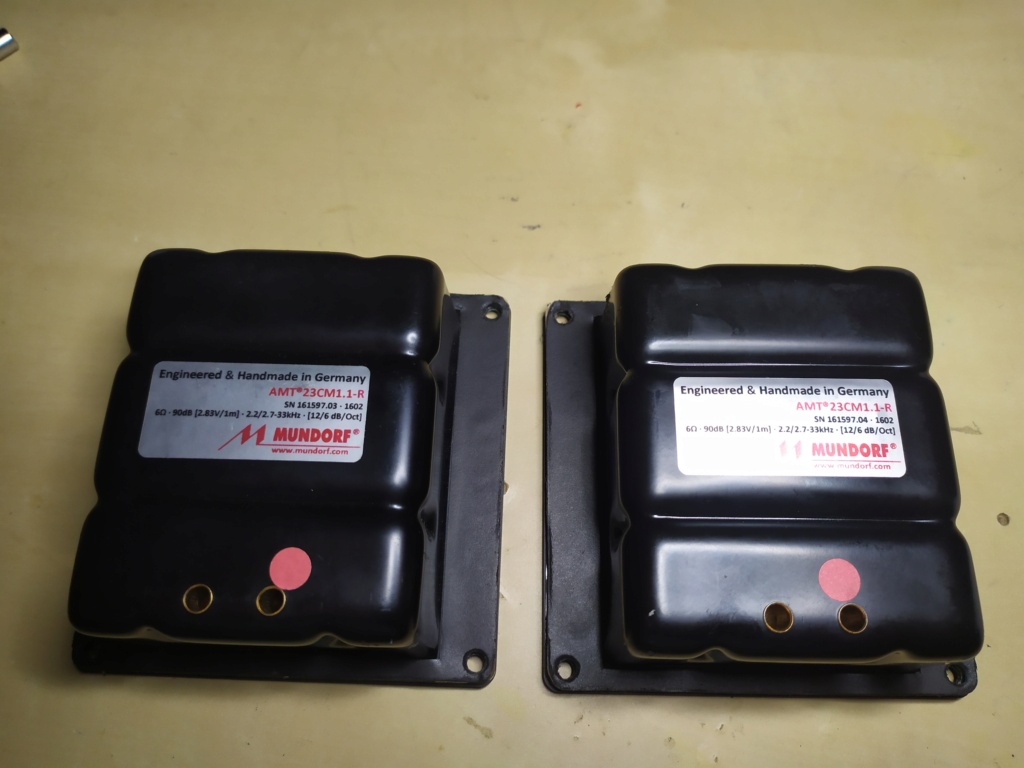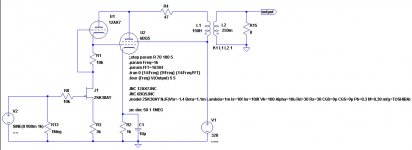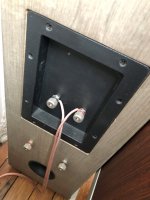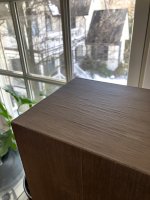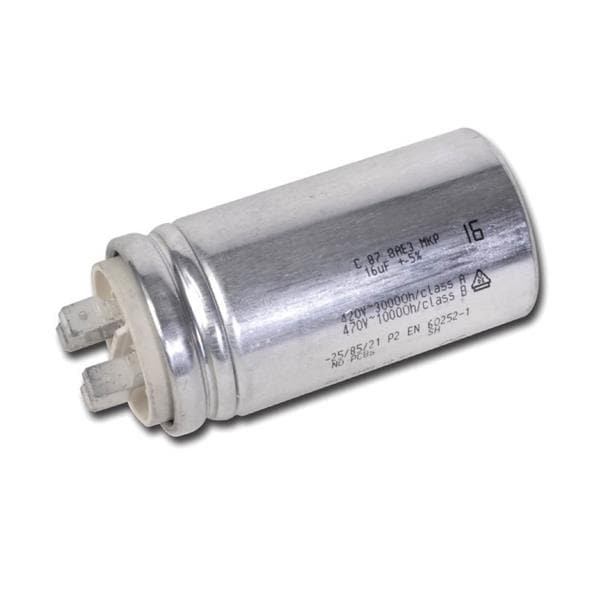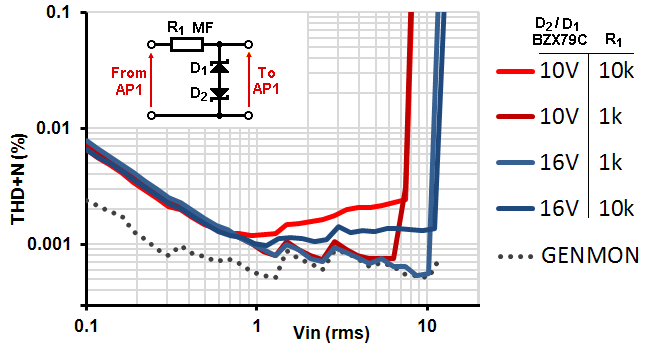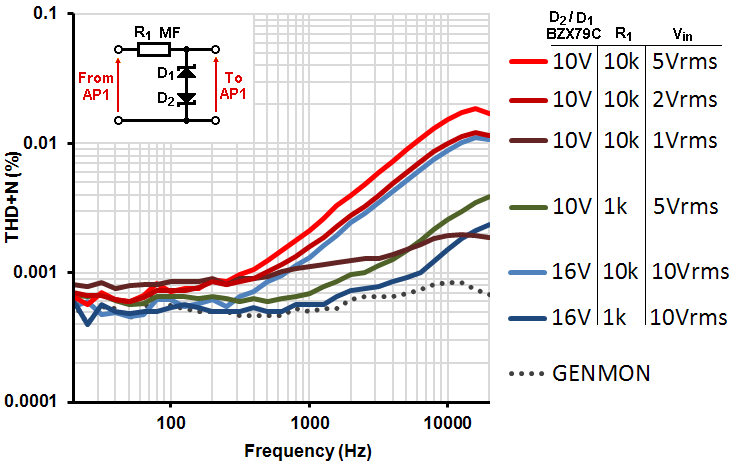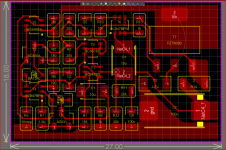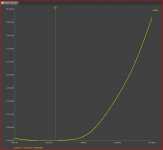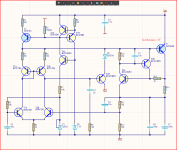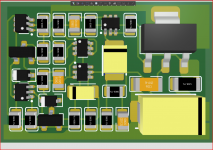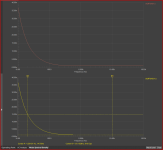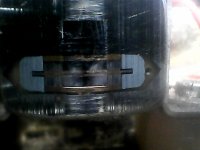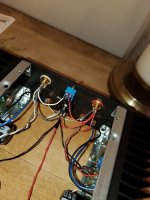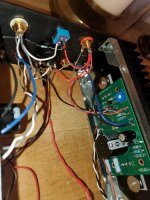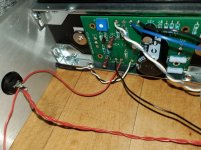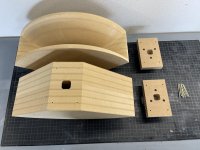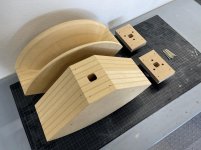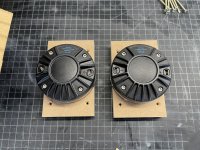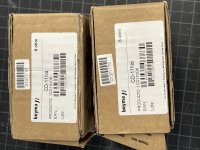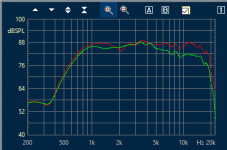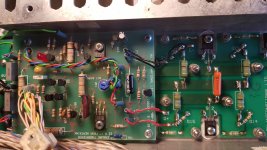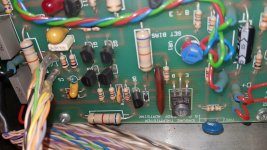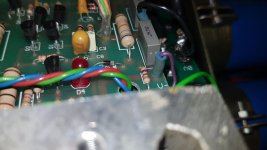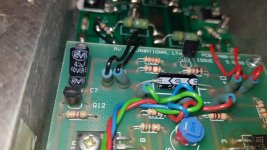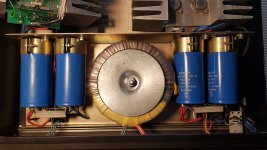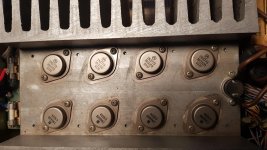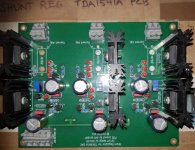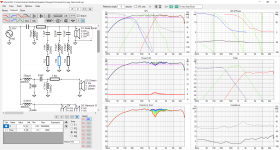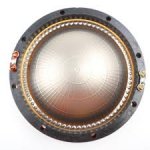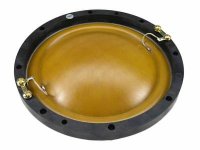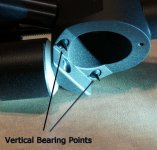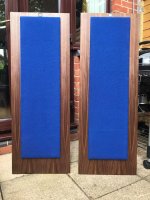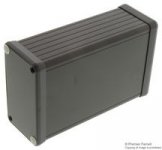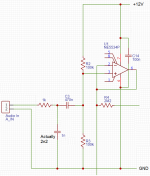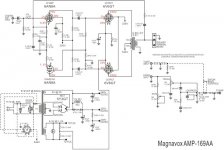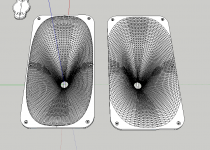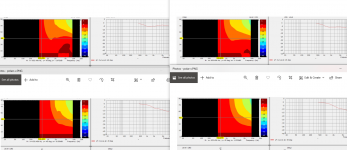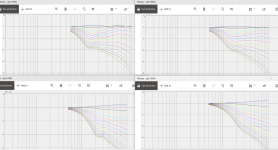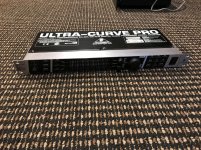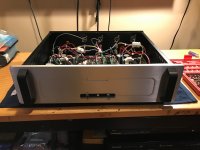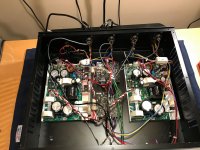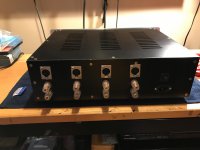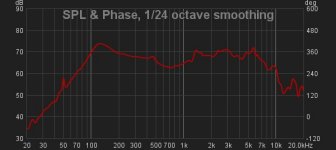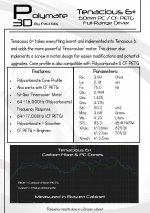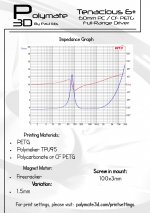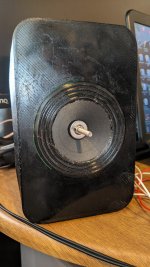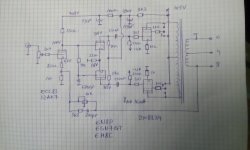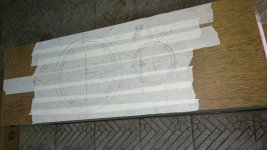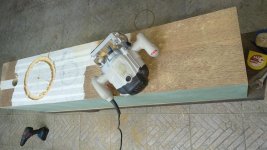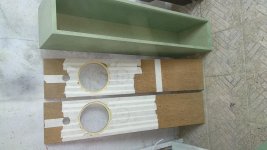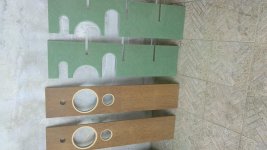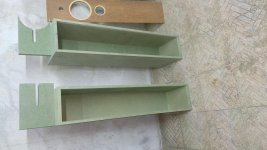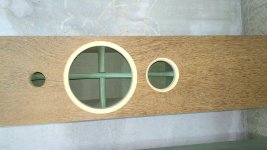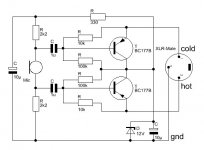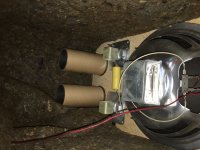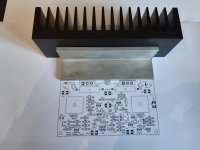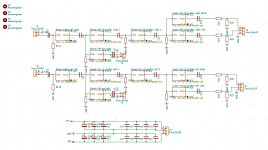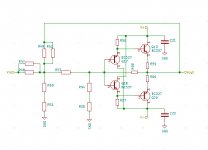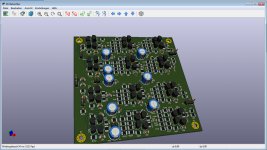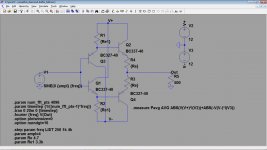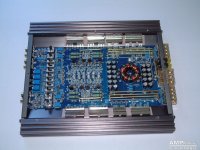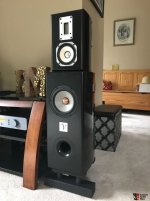Hi guys,
I am building a RH84 V2 EL84 valve amp and need to source a 47uf 450v motor run capacitor and a 200uf 450v electrolytic or motor run capacitor for the CLC Power Supply. I am struggling to find a suitable 200uf 450v capacitor. Should I install two 100uf in parallel or is it better to use a single 200uf?
For the 47uf 450v I am thinking of using this Kemet motor run capacitor
KEMET 46uF Polypropylene Capacitor PP 450V ac ±5% Tolerance C87 Series
RS Stock No. 911-9421 Mfr. Part No. C878BF35460SA0J
KEMET Motor Run Capacitors, C87 Series
C87 Series Polypropylene metallised film with cylindrical aluminium can type filled with resin; faston, plastic deck or cable terminals and overpressure safety device.
Features and Benefits:
High capacitance density
Self-healing metal layer
VDE, CQC and UL810 approved
Rated frequency of 50 Hz and 60 Hz
Safety device protection
C878BF35460SA0J | KEMET 46μF Polypropylene Capacitor PP 450V ac +-5% Tolerance C87 Series | RS Components
It does have 4 tab connections so I am not quite sure how raptors connect it
I have found a CD60 capacitor on Amazon that all look similar made in China with a 5% tolerance. They dont say if they are polypropylene film unlike the one further below which is more expensive.
Capacitance: 200uF ±5%
Rated Voltage: AC 250-450V
Rated Frequency: 50/60Hz
Operating Temp. Range: -40℃ ~ +85℃
Size: 10.2x5cm/4.01x1.97"
FATTERYU 250-450V AC 200uF Appliance Motor Start Run Capacitor CD60: Amazon.co.uk: Kitchen & Home
Or this one here which is more expensive and 10% tolerance
Polypropylene Film CD60 Motor Rub Capacitor
Product name: CD60 motor start SH capacitor
Rated Capacitance: 200uF
Rated Voltage : 450 V AC(Compatible with AC 250V)
Tolerance: 10 %
Rated Frequency: 50/60 Hz
Size:1.7 x 3.9 inches
Wire Length: 7.8 inches
Color:White
Other: Non polar capacitor, Safe, durable and reliable,Widely used in washing machine/air conditioner/air compressor for better working motor
Package content: 1 x Capacitor
CD60 200uF MFD Polypropylene Film Motor start Capacitor AC 450V/250V VAC Volt 50/60Hz 2 Wire Safe Durable and Reliable: Amazon.co.uk: Business, Industry & Science
Out of these two which is the best to use, or should I go with a well known electrolytic from Vishay, Rubycon or Nichicon ?
Finally, is it worth adding a parallel suitable film cap around 10% of the value on these as well or is that not needed or beneficial in the psu side of things.
Thanks for your help.
